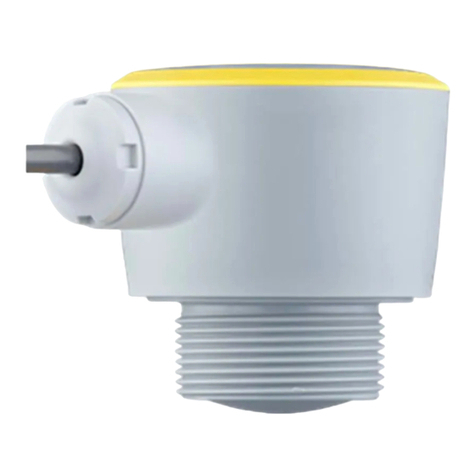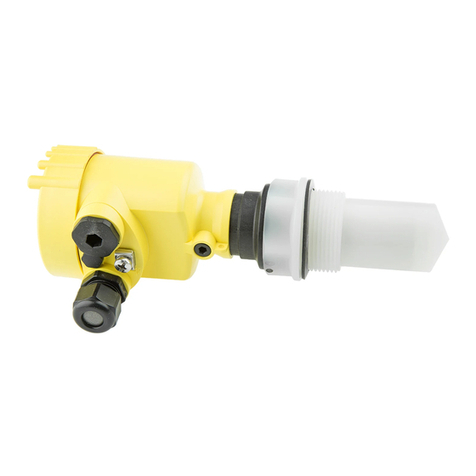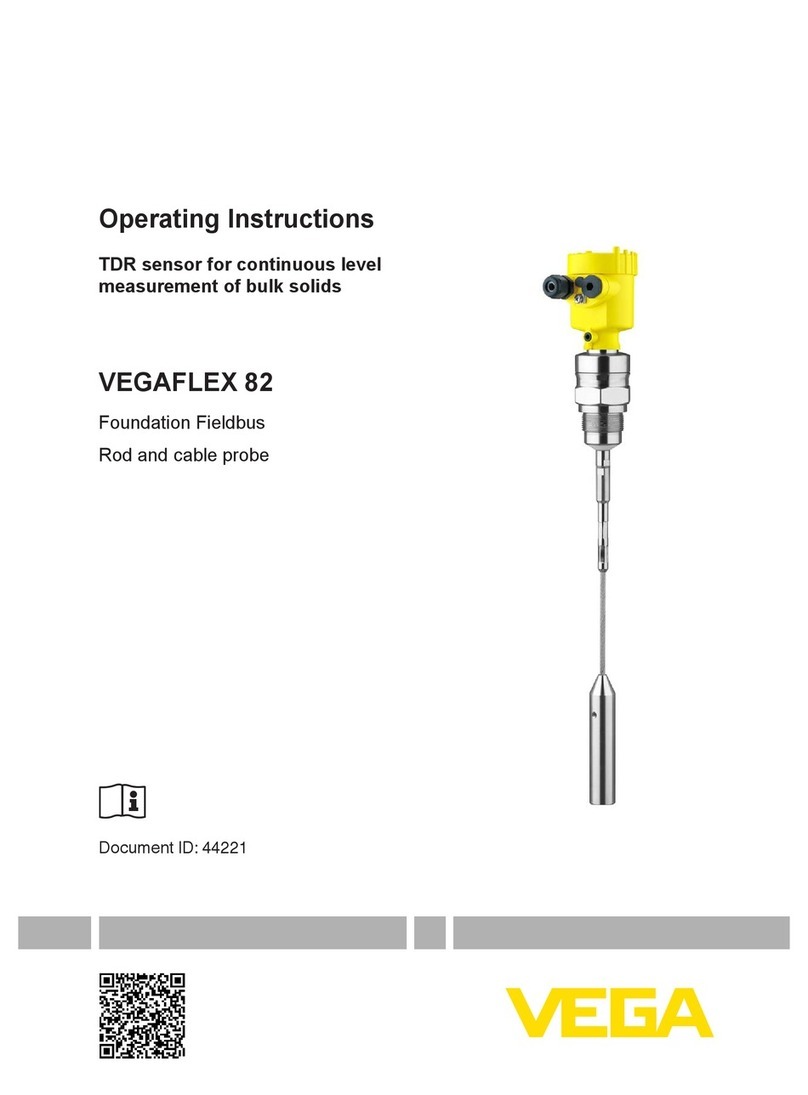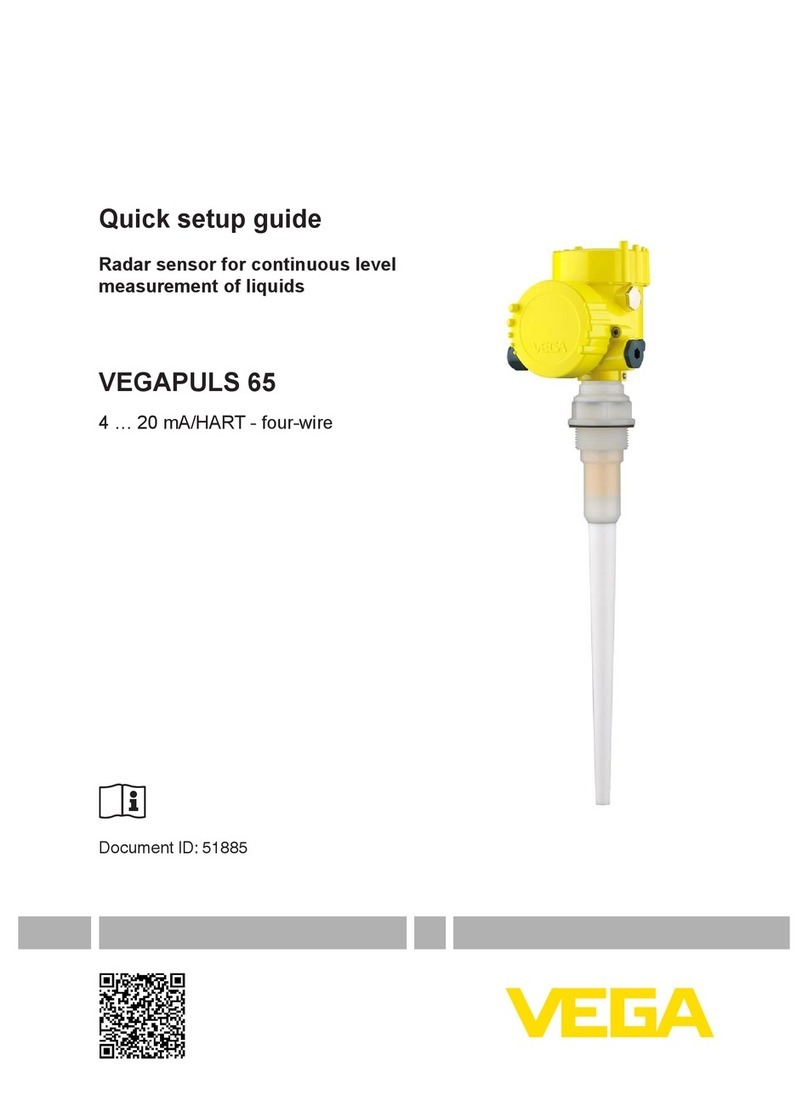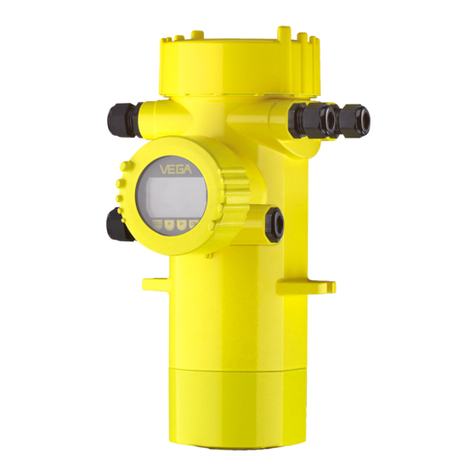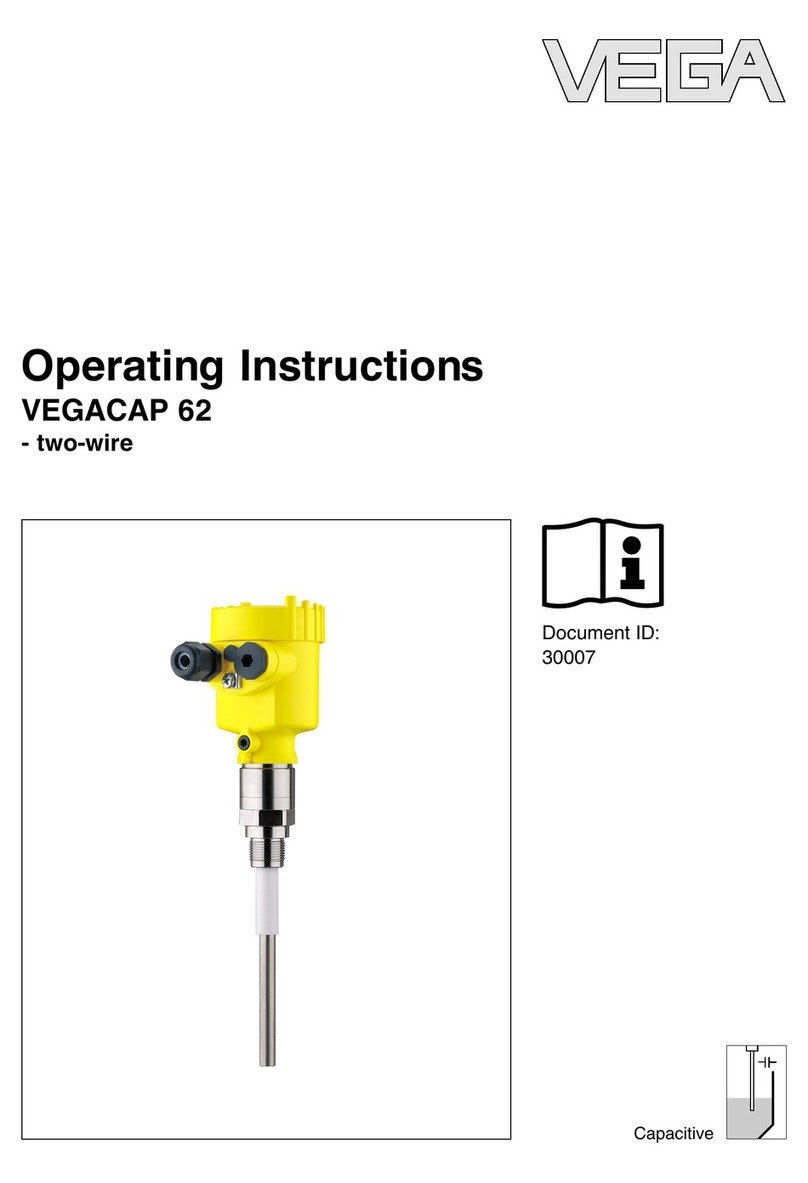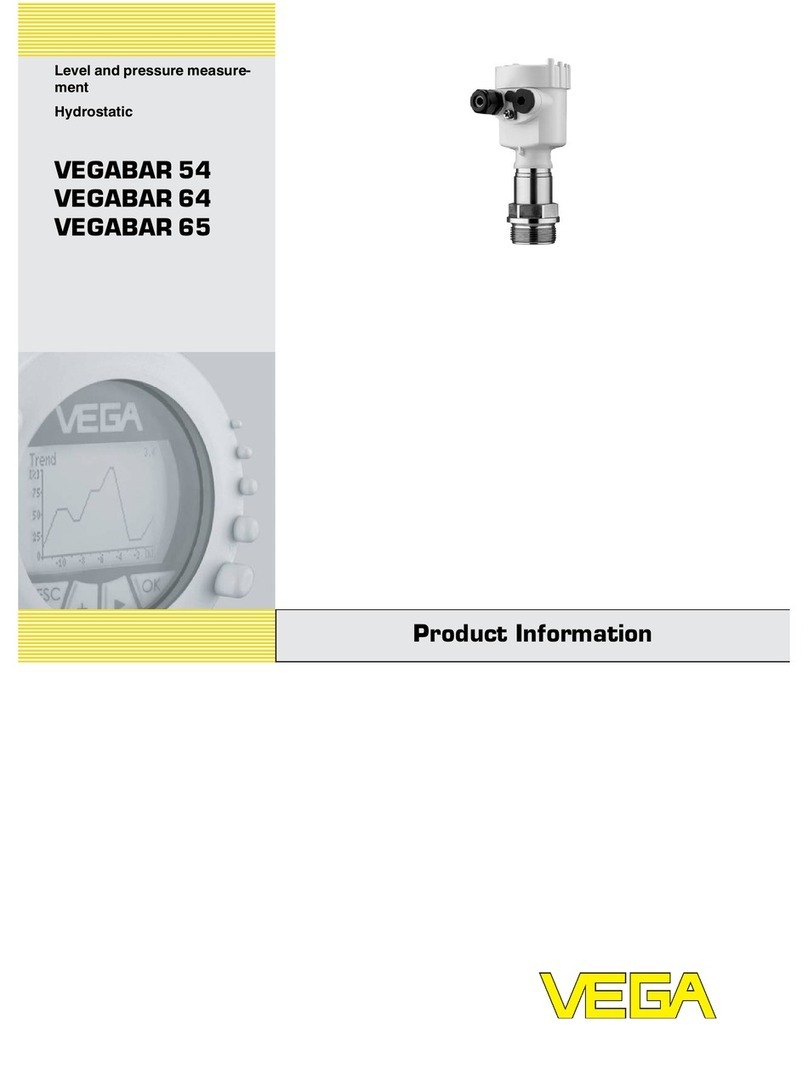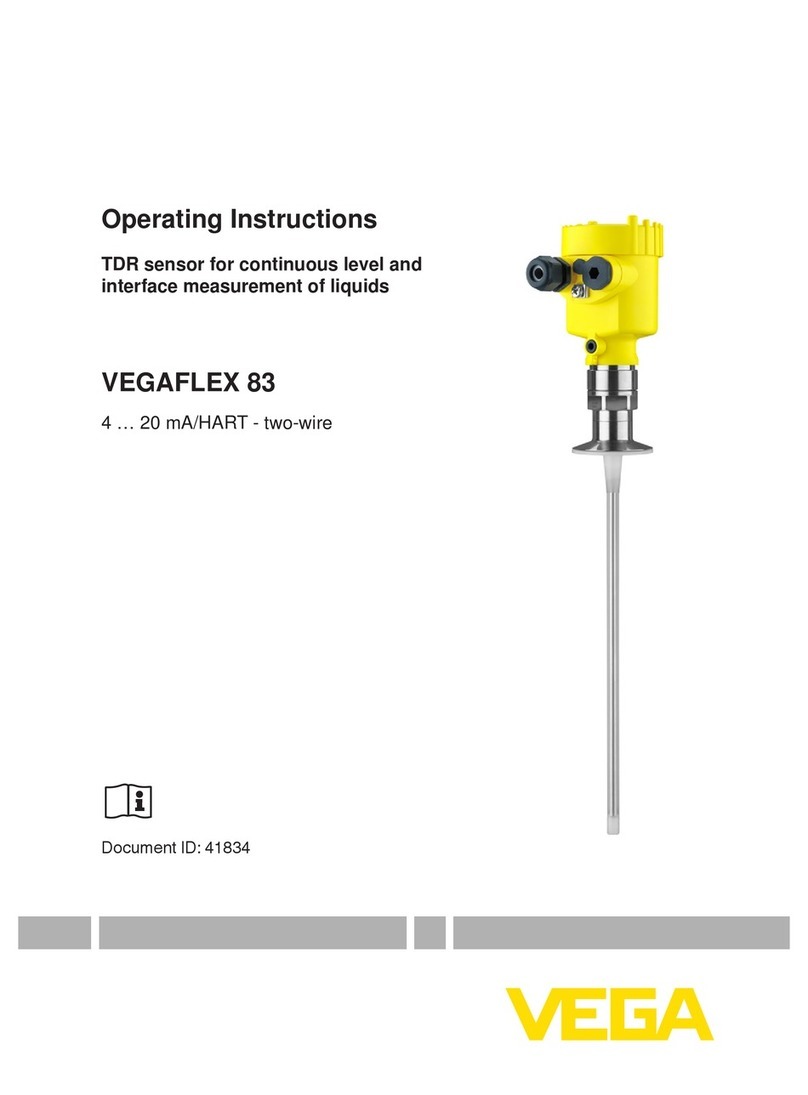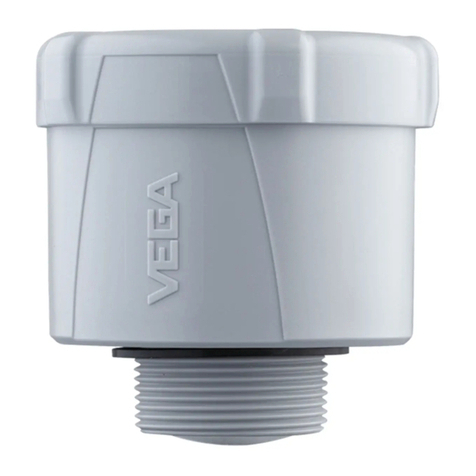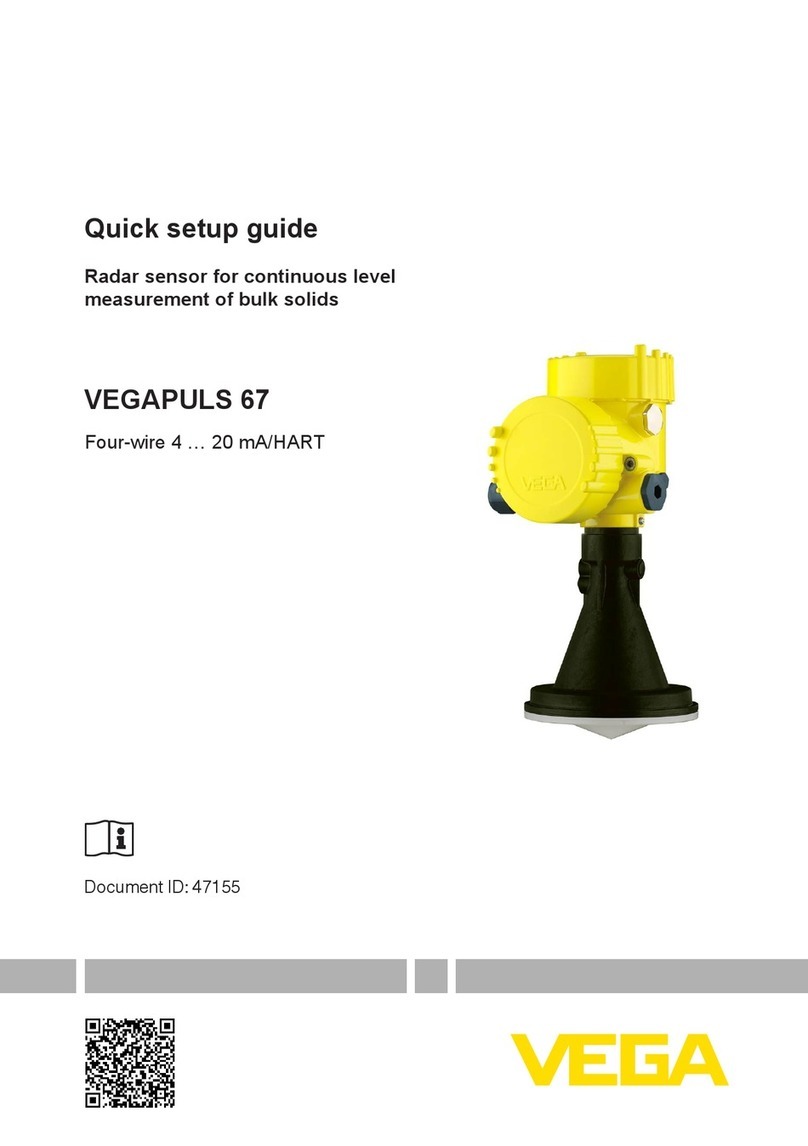
2
Contents
VEGAFLEX 82 • Probus PA
44220-EN-200212
Contents
1 About this document ............................................................................................................... 4
1.1 Function ........................................................................................................................... 4
1.2 Target group ..................................................................................................................... 4
1.3 Symbols used................................................................................................................... 4
2 For your safety ......................................................................................................................... 5
2.1 Authorised personnel ....................................................................................................... 5
2.2 Appropriate use................................................................................................................ 5
2.3 Warning about incorrect use............................................................................................. 5
2.4 General safety instructions............................................................................................... 5
2.5 EU conformity................................................................................................................... 6
2.6 NAMUR recommendations .............................................................................................. 6
2.7 Installation and operation in the USA and Canada ........................................................... 6
2.8 Environmental instructions ............................................................................................... 6
3 Product description ................................................................................................................. 7
3.1 Conguration.................................................................................................................... 7
3.2 Principle of operation........................................................................................................ 9
3.3 Packaging, transport and storage..................................................................................... 9
3.4 Accessories...................................................................................................................... 9
4 Mounting................................................................................................................................. 11
4.1 General instructions ....................................................................................................... 11
4.2 Mounting instructions ..................................................................................................... 12
5 Connecting to power supply................................................................................................. 17
5.1 Preparing the connection ............................................................................................... 17
5.2 Connecting..................................................................................................................... 18
5.3 Wiring plan, single chamber housing.............................................................................. 19
5.4 Wiring plan, double chamber housing ............................................................................ 19
5.5 Double chamber housing with VEGADIS-Adapter.......................................................... 21
5.6 Wiring plan - version IP66/IP68, 1 bar ............................................................................ 22
5.7 Set instrument address .................................................................................................. 22
5.8 Switch-on phase............................................................................................................. 23
6 Set up with the display and adjustment module ................................................................ 24
6.1 Insert display and adjustment module............................................................................ 24
6.2 Adjustment system......................................................................................................... 25
6.3 Parameter adjustment - Quick setup .............................................................................. 26
6.4 Parameter adjustment - Extended adjustment................................................................ 27
6.5 Saving the parameterisation data................................................................................... 44
7 Setup with PACTware............................................................................................................. 45
7.1 Connect the PC.............................................................................................................. 45
7.2 Parameter adjustment with PACTware............................................................................ 45
7.3 Set up with the quick setup............................................................................................. 46
7.4 Saving the parameterisation data................................................................................... 48
8 Set up with other systems .................................................................................................... 49
8.1 DD adjustment programs ............................................................................................... 49
9 Diagnostics and servicing .................................................................................................... 50
9.1 Maintenance .................................................................................................................. 50
